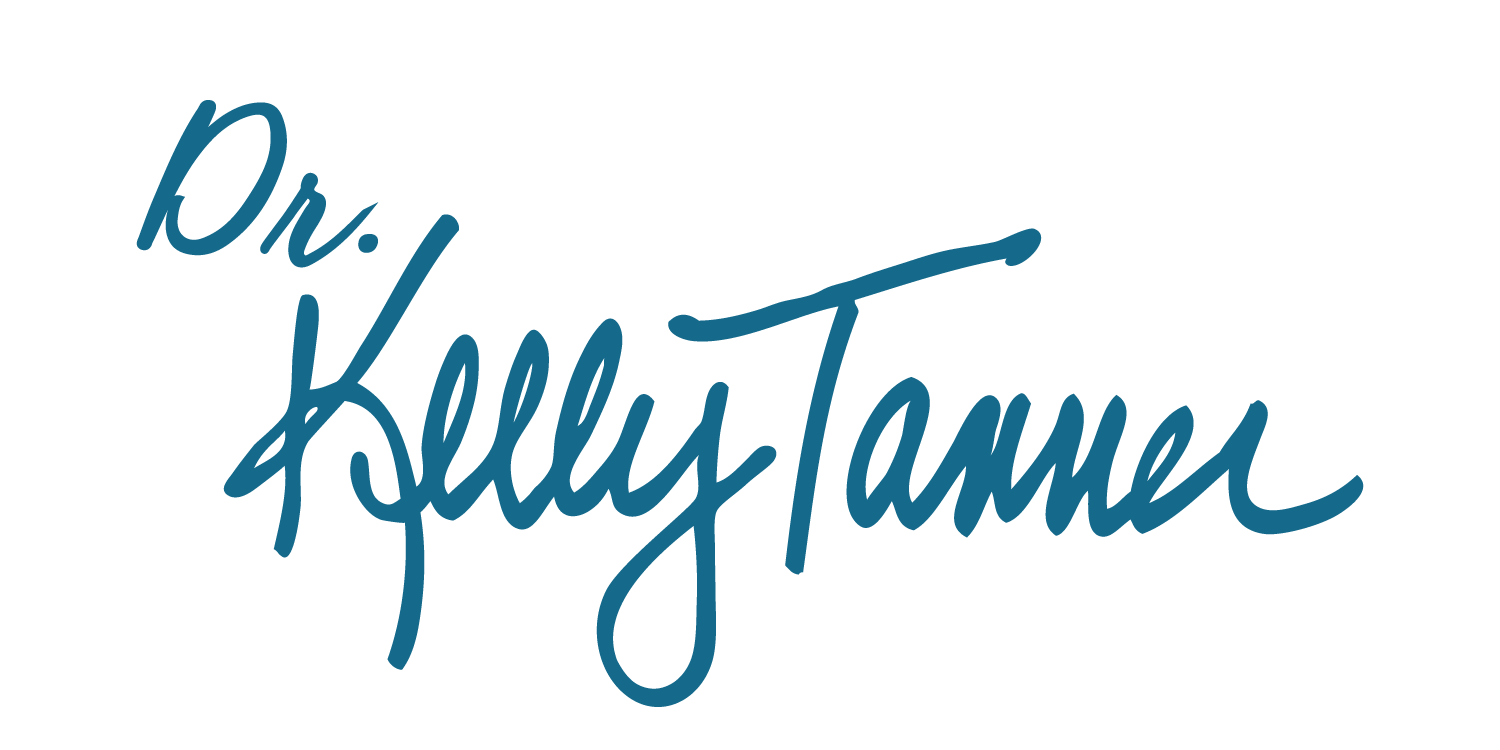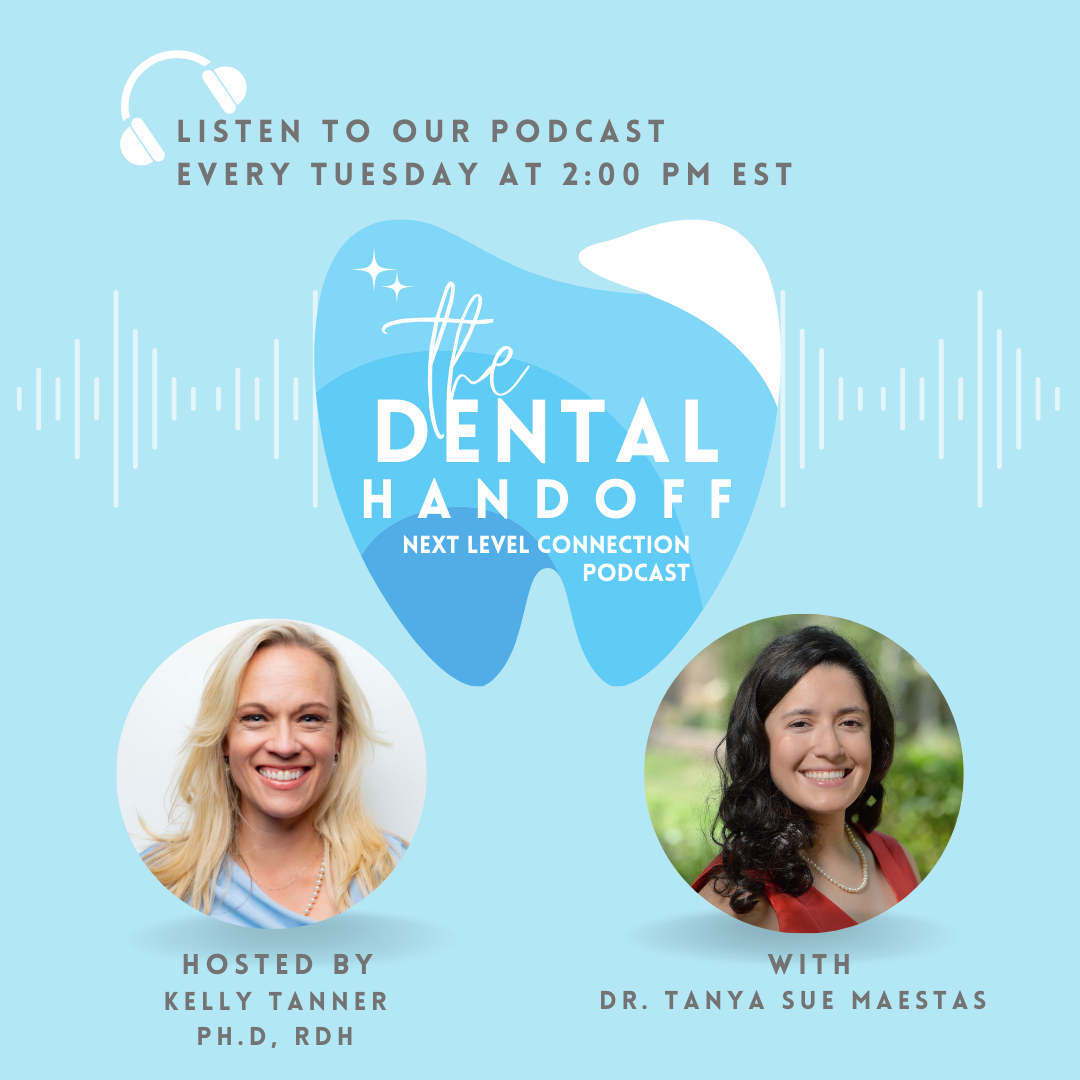Serving at the Frontlines: A Young Dentist's Journey in Public Health Dentistry
When most fifth graders were playing video games or sports, Tanya Maestas was conducting a science project to determine which drinks stain teeth the most. Armed with extracted teeth provided by local dentists, she immersed samples in coffee, Kool-Aid, and Coke—an early experiment that would shape her professional destiny.
In a revealing conversation with Dr. Kelly Tanner on The Dental Handoff podcast, Dr. Maestas shares her journey from that childhood science fair to serving an underserved community at a Federally Qualified Health Center (FQHC) in rural New Mexico, offering valuable insights for dental professionals considering similar paths.
From Childhood Curiosity to Career Commitment
"I saw how much they loved their job, they loved connecting with their patients, and how kind they were to me," Dr. Maestas recalls of the dentists who helped with her elementary school project. "At such a young age, it made such a big impression on me that it kind of stuck."
That early experience set her on a path toward dental school, though she initially had traditional practice ownership in mind. "Before I applied for dental school, I thought that the only thing that you could do coming out was go into a private practice. I knew the practice I wanted to buy, I knew who I wanted to work with. I was set."
Her trajectory changed when she discovered the National Health Service Corps scholarship program, which aligned with her deeper mission of serving those with limited access to care. Growing up in El Paso, Texas—a border community where many residents cross into Mexico for affordable dental care—she witnessed firsthand the consequences of financial barriers to treatment.
"It's really difficult to see our community have to seek out care in that way," she explains. "I knew that I wanted to help and give back to the community and help those pockets that weren't able to receive the care that they needed."
Life at a Federally Qualified Health Center
Today, Dr. Maestas practices at an FQHC in Chaparral, New Mexico, about 45 minutes from her El Paso home. The clinic serves a predominantly Spanish-speaking population, including many migrants who would otherwise lack access to dental care.
"If we weren't there, it's likely that many of those patients wouldn't have access to care," she notes.
As the sole dentist at her site (though the position is structured for two providers), she manages a substantial patient load with a support team that includes a hygienist, two assistants, and two front-desk staff. The rural location presents unique challenges, including transportation barriers for patients and difficulties with lab services.
"Locally, none of the labs will come out to pick up. It's just too far for them," she explains. "We have to ship everything out and everything just takes a longer time."
This logistical hurdle underscores the need for digital dentistry tools that could streamline care. While her clinic doesn't yet have intraoral scanners, Dr. Maestas sees their potential to dramatically improve efficiency for a population that may struggle to return for multiple appointments.
The Public Health Perspective: Challenges and Rewards
The workload at FQHCs can be daunting. Dr. Maestas describes periods when appointments were booked six to seven months out, creating difficult decisions about how to balance scheduled care with emergencies. "We were at one point booking out like six months ahead of time. And we would welcome any kind of emergency. But at that point, I told people that we weren't going to schedule anymore because there's just no way."
For those considering public health dentistry, she's candid about both challenges and rewards: "It can be frustrating. There's a ton of patients that need to come in. And there's only one me, unfortunately. So there's a bottleneck there that's kind of frustrating."
Yet the opportunity to make a difference keeps her motivated. "We do what we can and we help where we can. And anything, anyone that we can help, we try and connect them with somebody who can. It's been very rewarding."
One aspect she particularly values is the integrated healthcare approach. Her dental clinic shares a facility with medical providers, creating opportunities for coordinated care—especially valuable when treating the high number of diabetic patients in her Hispanic community.
"One of the really cool things about being at this FQHC is that right next door, we have our physicians. If I have any questions or need a consult, I can just jump over," she explains. "I think this is the way that healthcare transitions to in the future, that blend between medicine, physicians, and dentistry."
This integrated approach allows her to access patients' medical records, review lab values, and participate in comprehensive health education. Her descriptions of patients whose A1C levels improved after scaling and root planing highlight the interconnection between oral and systemic health.
Balancing Practice with Education
Beyond her clinical practice, Dr. Maestas serves as faculty at El Paso's new dental school, which will graduate its first class next year. Working primarily with third-year students, she finds fulfillment in helping shape the next generation of dentists.
Her approach to education reflects lessons from her own dental school experience: "The biggest advice, something that I try to remind students, is that at the end of the day, it is just teeth. I can remember being in dental school and just being frustrated over things that I felt were failures."
She emphasizes to students the importance of learning from mistakes while keeping patient care at the forefront. "We're all practicing to get better. It's OK to make those mistakes, but as long as you're putting the patient at the forefront and giving them the best care that you can provide to them."
Another key insight she shares with students is the "why" behind dental procedures—the rationale that sometimes gets lost in the rush of dental education. "I was just going through the motions to get done and to get out," she recalls of her own training. Now she strives to help students understand fundamental concepts like bonding mechanisms and material selection.
Advice for Dentists Seeking New Directions
For dental professionals feeling burned out or seeking change, Dr. Maestas enthusiastically recommends considering public health dentistry.
"If you're feeling lost in the profession—the profession can feel very lonely—but if you're looking for a change, maybe looking into public health may be another step, a different direction for you to take," she suggests. "You'll find that it's very rewarding. You're doing something different. You'll probably be in a rural community, but it's a lot of fun."
She acknowledges that while many dentists view public health as a temporary career phase rather than a permanent destination, even short-term contributions make meaningful differences in underserved communities.
For those not drawn to clinical public health, she proposes another alternative: "Go out to dental school because they need all the educators that they can get. It's a lot of fun to work with students. They have really interesting questions, and you're able to shape what the future of dentistry will really look like."
Dr. Maestas's journey illuminates how following childhood curiosity can lead to a meaningful career serving those most in need—demonstrating that fulfillment in dentistry comes in many forms beyond traditional private practice.
Keywords: rural healthcare, underserved communities, dental education, National Health Service Corps, integrated healthcare, Hispanic patients, dental access, Dr. Tanya Maestas, dental career path, The Dental Handoff podcast


